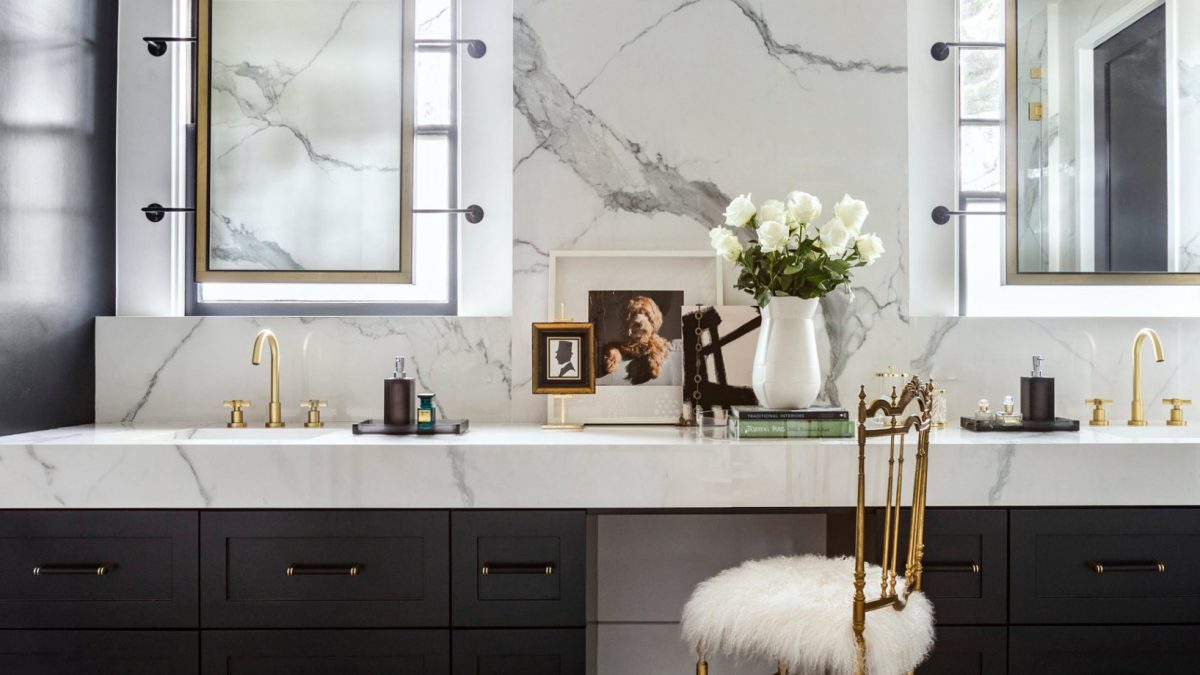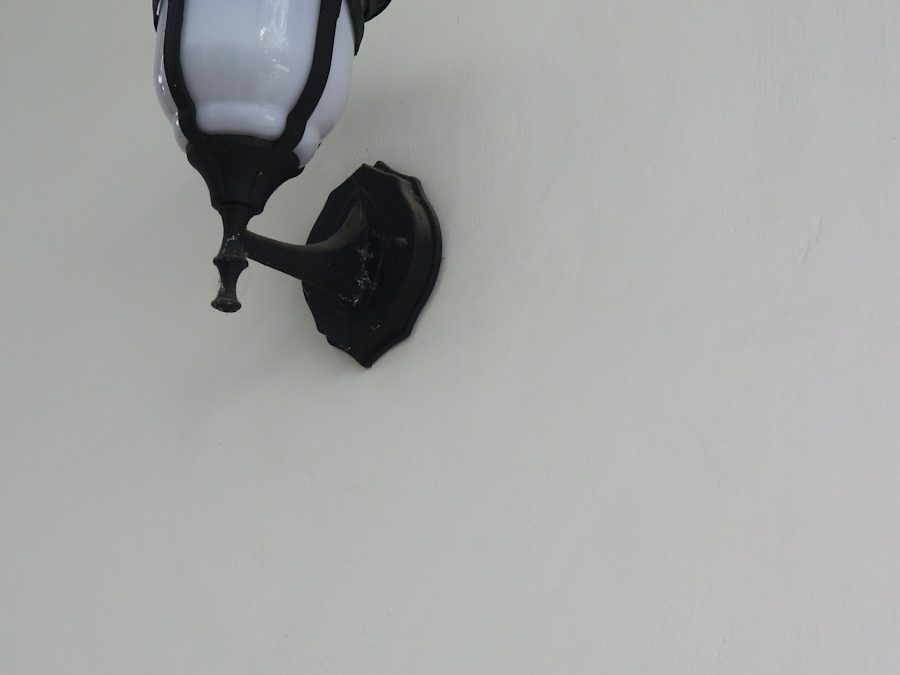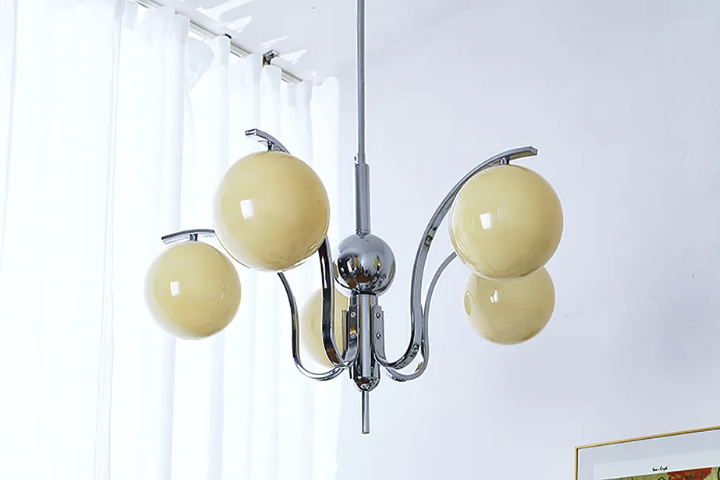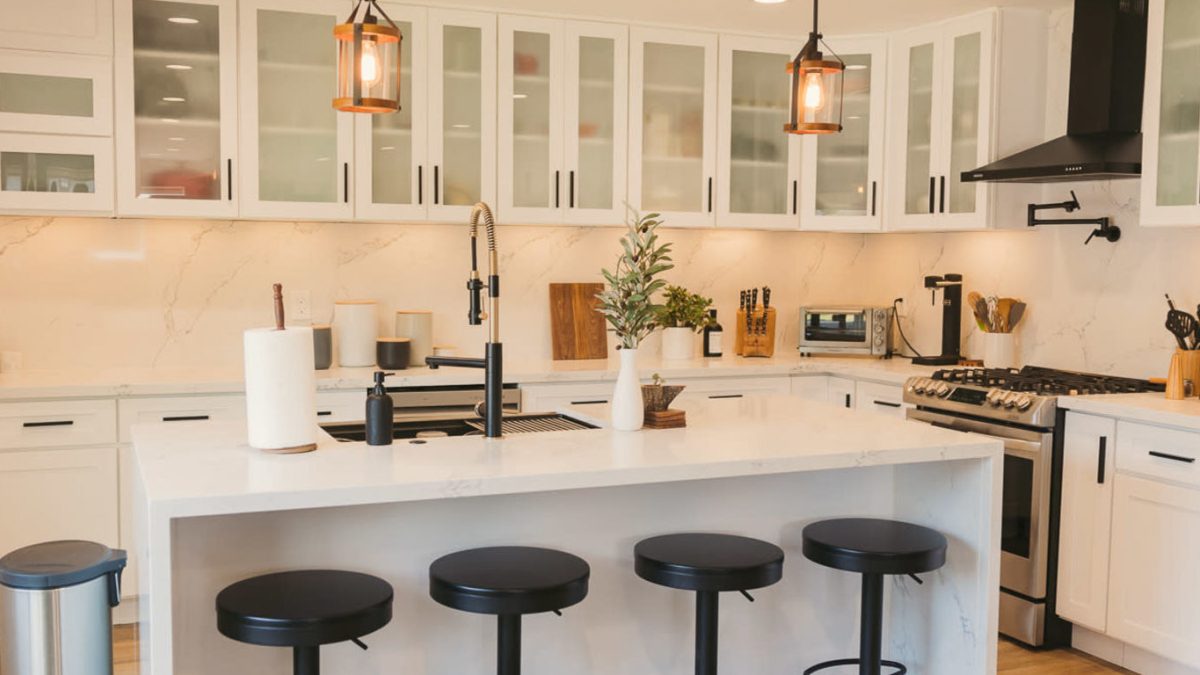
Exploring the Versatility of Clay Cement: A Sustainable Building Solution
Introduction
Clay cement, a blend of clay, sand, and water, is a sustainable building material that has been gaining popularity in recent years. This material has been used in construction for centuries, particularly in regions where natural building resources are readily available. However, clay cement has only recently been gaining attention as an eco-friendly solution that can help reduce the carbon footprint of construction.
What is Clay Cement?
Clay cement is a mixture that is made by combining clay, sand, and water to form a paste-like substance. This mixture can then be molded into bricks, blocks, and other shapes that are used in construction. The clay used in clay cement can be any type of clay, such as kaolin, bentonite, or ball clay. Sand is added to provide strength and stability, while water is used to help activate the clay and bind the mixture together.
Advantages of Clay Cement
There are several advantages to using clay cement as a building material. First and foremost, it is eco-friendly and sustainable, making it an attractive option for those looking to reduce their carbon footprint. Clay cement is also a relatively inexpensive material, and can often be sourced locally, reducing transportation costs and carbon emissions.
Another advantage of clay cement is that it is highly durable and resistant to weathering. It can withstand high temperatures, moisture, and harsh weather conditions, which makes it an ideal material for construction in areas with extreme weather patterns.
Clay cement is also a good insulator, providing thermal mass that can help regulate indoor temperatures in the summer and winter months. This can result in lower energy bills and a more comfortable living environment for occupants.
Application of Clay Cement
Clay cement can be used in a wide range of applications, from residential to commercial construction. It can be used to construct walls, floors, roofs, and even entire buildings. In addition to its use as a building material, clay cement can also be used as a plaster or stucco material for decorative finishes.
The versatility of clay cement makes it an attractive option for a variety of construction projects. It can be molded into different shapes and sizes, making it a viable option for both traditional and modern architectural designs.



